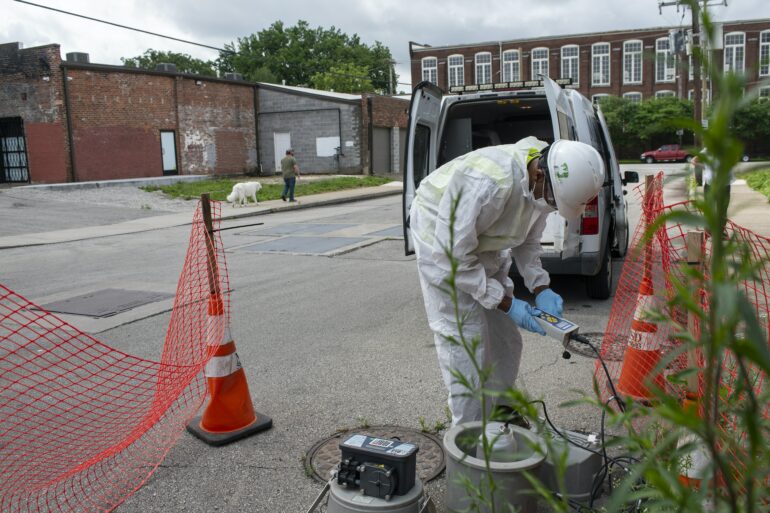Flush and forget? Not if you have a toilet that flushes to one of over 3,000 sites around the world where researchers are using wastewater to track SARS-CoV-2, the virus that causes COVID-19.
But what do members of the public actually know about wastewater surveillance? And what do they think about researchers tracking what they send down the drain at their home?
While not new, this form of public health surveillance has gained attention since the early days of the COVID-19 pandemic. Tracking the rise and fall of the level of coronavirus in wastewater provides officials with a snapshot of how much SARS-CoV-2 is circulating in a community. Together with data on case counts, health officials can use this information to guide their local actions – for example, choosing to increase testing or vaccination campaigns. Where available, immunocompromised individuals may also find it useful to access data for their local area via online dashboards as they try to manage their overall exposure risk.
In our recent study, my colleagues and I explored public perceptions of using sewer samples for monitoring community health in the United States. Using an online survey of more than 3,000 adults in the U.S., we were able to gauge respondents’ general boundaries in this expanding field of community monitoring. We didn’t find much consensus, suggesting the need for more public outreach and education.
What happens after you flush
Households connected to sewer lines pay utilities to remove their waste. In the absence of a sewer problem, most people are able to flush and forget.
Sewage typically travels through publicly owned infrastructure to a treatment plant operated by a utility. Researchers and officials currently sample wastewater not just for the coronavirus but also for polio and flu monitoring. Samples are usually collected with permission of the utility, but no one asks the households being sampled if they are willing to participate. Treatment plants conduct other kinds of Environmental Protection Agency-mandated testing, such as looking for pollutants in wastewater.
In our survey, we found that a large portion of the public was unaware that sewage surveillance takes place for public health purposes in many areas. Respondents were more aware of other forms of public health monitoring, such as restaurant inspections and water quality testing.
That about half of respondents didn’t even know sewage monitoring is happening underscores the fact that no one asks individual residents for permission to test an area’s wastewater.
We found more support for monitoring external threats in wastewater, such as diseases, environmental toxins and terrorist threats like anthrax. Fewer people expressed support for tracking lifestyle behaviors, such as smoking or use of birth control, diet, and indicators of mental health, including stress hormones, which are emerging areas of monitoring not yet tracked in many local areas.
Our results suggest…



